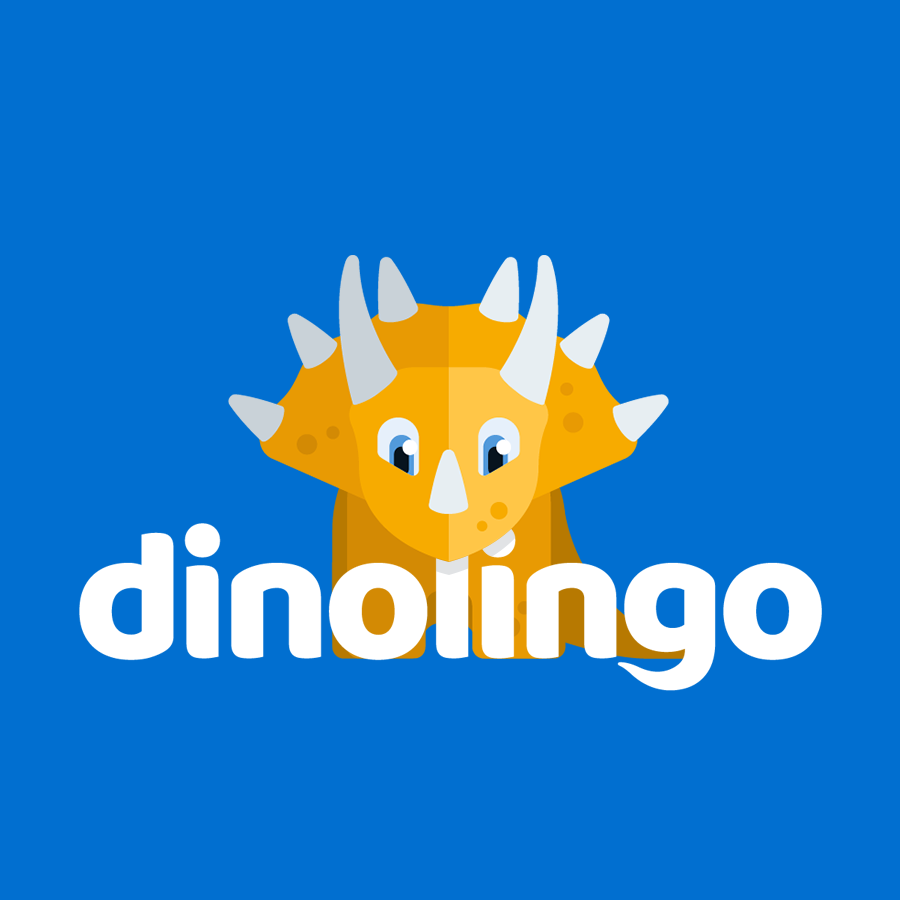In the Swedish Culture, traditions and holidays are of big importance. Midsummer is the second most important holiday in Sweden, but for many it is the most important one. It’s celebrated on a Friday between the 20th and 26th of June, depending on which date is a Friday. Preferably, Midsummer is celebrated out in the countryside where Swedes gather to eat the traditional food and dance around a maypole, especially if children are involved in the celebration.
The traditional food commonly consist of pickled herring, boiled potatoes and sour cream, with strawberries for dessert. A tradition during midsummer that has been passed down for generations, is for young girls to go out in the middle of the night, and pick flowers. If a young girl picks seven different kinds of flowers and jump over seven hedges without speaking a single word, she will that night dream of her true love while sleeping, if she tuck the flowers under her pillow.
Swedish Christmas is the most important holiday in Sweden. Christmas is celebrated on December 24th and every year a unique tradition takes place. In most Swedish households it’s a tradition for the whole family to gather in front of the television at 3 pm local time and watch the television show ‘Kalle Anka och hans vänner önskar God Jul’ (“From All of Us to All of You”) more commonly known as ‘Kalle Ankas Jul’ (“Donald Ducks Christmas”). Donald Ducks Christmas is made up of a variety of short clips from different classic Disney movies, and has been broadcast every Christmas Eve since 1959. It is very important that you do not record this show, because it’s a holiday classic and that’s the only time you watch it. It is not uncommon for tourists visiting Sweden on Christmas Eve to notice that around 3 pm everybody disappears and the streets are quiet.
Sweden has a big variety of other traditions and holidays as well. In February Fat Tuesday is celebrated by eating a pastry called ‘semla’ and Valentine’s day, also in February, but is not very popular in Sweden but it is recognized by merchants. For children, February also consist of a one week long break from school called ‘sportlov’ (“sports break”). It occurs between week 7 to 10 depending upon the county. On march 25th Swedes eat waffles, on what’s called ‘våffeldagen’ (“Waffle Day”).
In April Easter is celebrated in Sweden, and the tradition is built on the belief that witches traveled to ‘blåkulla’, originally for a sabbath with the Devil. Children honor Easter by dressing up as witches and knocking on doors in request for candy and by coloring eggs. Easter decorations are also widely popular such as bright colored feathers and chickens. On the last day of April Sweden celebrates ‘valborg’ (Walpurgis Night) to greet the spring. The tradition consist of having large bonfires and singing songs in celebration of the Spring.
For children the biggest weekly tradition is that candy is only allowed on Saturdays. It’s a tradition with the intent to prevent dental cavities, which is taken very seriously by many families, and by most of the society. For example most schools in Sweden from grade 1-6, do not allow any candy on school grounds.

Online Swedish lessons for kids: dinolingo.com
